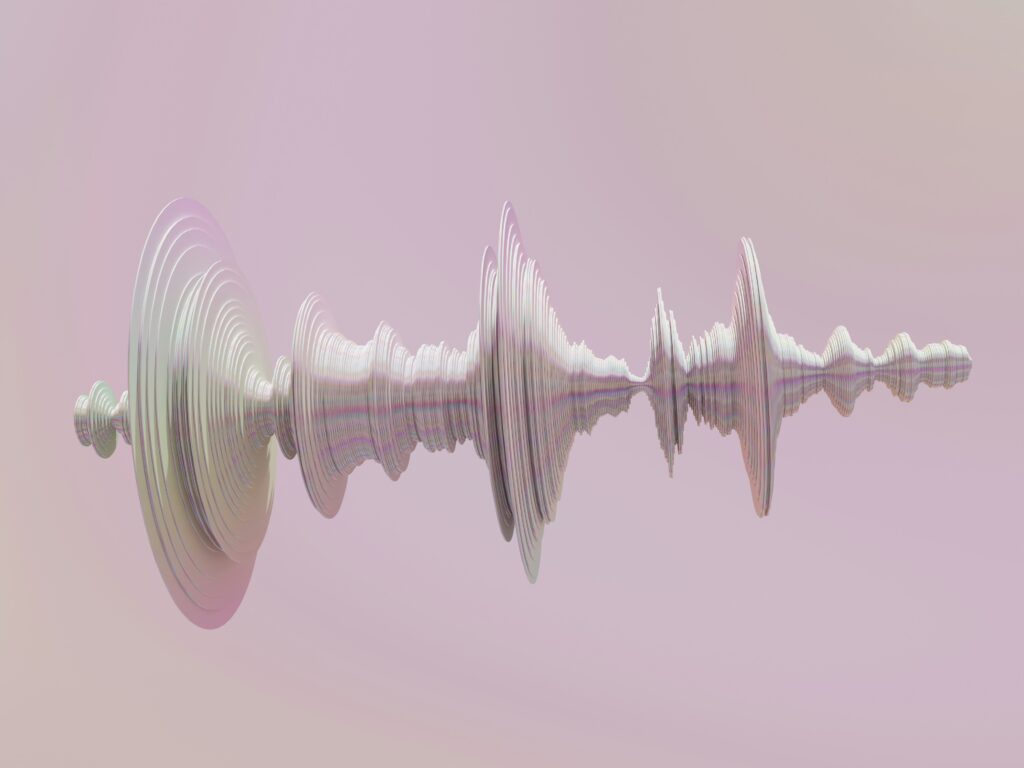What is Spatial Audio?
Spatial audio represents a revolutionary leap forward in how we experience sound, creating three-dimensional audio environments that surround listeners with unprecedented realism. Unlike traditional stereo or surround sound, spatial audio technology uses advanced algorithms and processing techniques to position sounds in virtual 3D space, making listeners feel as though they’re truly immersed in the audio environment.
The Technology Behind 3D Sound
At its core, spatial audio leverages sophisticated audio processing technologies that analyze and manipulate sound waves to create the illusion of three-dimensional space. Key technologies include:
- Binaural Audio Processing: Creates 3D sound using only two channels by simulating how our ears naturally perceive spatial information
- Ambisonics: Captures and reproduces the full sound field in all directions around a listener
- Object-Based Audio: Treats individual sounds as objects that can be precisely positioned and moved within a 3D space
- Head-Related Transfer Functions (HRTFs): Mathematical models that simulate how sound reaches each ear from different positions
Leading Platforms and Technologies
Apple Spatial Audio
Apple has been at the forefront of spatial audio adoption, integrating the technology across its ecosystem. Apple’s Spatial Audio works with AirPods Pro, AirPods Max, and other compatible devices to deliver immersive experiences for music, movies, and gaming. The technology dynamically adjusts audio based on head movements, maintaining a consistent soundstage even as users move their heads.
Dolby Atmos
Dolby Atmos remains one of the most widely adopted spatial audio formats, extending beyond traditional home theater into music streaming, mobile devices, and gaming. Major streaming platforms like Netflix, Disney+, and Apple Music now offer extensive Dolby Atmos content libraries.
Sony 360 Reality Audio
Sony’s 360 Reality Audio creates immersive music experiences by mapping sound sources to a virtual sphere around the listener. The technology is supported by major streaming services including Amazon Music HD, Tidal, and Deezer.
Music Industry Revolution
The music industry has embraced spatial audio as the next evolution in audio fidelity. Major record labels are now producing spatial audio versions of both new releases and classic catalog titles. Artists like The Weeknd, Ariana Grande, and Billie Eilish have released albums specifically mixed for spatial audio, creating new creative possibilities for musical expression.
Production Techniques
Music producers and engineers are developing new mixing techniques specifically for spatial audio:
- Instrument placement in 3D space for enhanced separation
- Dynamic movement of sound elements throughout songs
- Ambient soundscapes that surround listeners
- Enhanced bass response through precise low-frequency positioning
Gaming and Interactive Entertainment
Gaming has become one of the most compelling applications for spatial audio technology. Modern games use 3D audio to:
- Provide precise positional audio cues for competitive advantage
- Create immersive environmental atmospheres
- Enhance storytelling through directional dialogue and effects
- Support virtual reality experiences with realistic soundscapes
Popular Gaming Platforms
| Platform | Spatial Audio Support | Key Features |
|---|---|---|
| PlayStation 5 | Tempest 3D AudioTech | Hardware-accelerated 3D audio processing |
| Xbox Series X/S | Spatial Audio Platform | Support for Dolby Atmos, DTS:X, and Windows Sonic |
| PC Gaming | Multiple Technologies | Hardware and software-based spatial audio solutions |
Compatibility and Hardware Requirements
To experience spatial audio, users need compatible hardware and software combinations:
Headphone Requirements
While spatial audio can work with any stereo headphones, certain models offer optimized experiences:
- Premium Options: Apple AirPods Pro/Max, Sony WH-1000XM4, Sennheiser HD 800 S
- Gaming Focused: SteelSeries Arctis Pro, HyperX Cloud Flight S, Razer BlackShark V2 Pro
- Budget-Friendly: Audio-Technica ATH-M40x, Philips SHP9500, Beyerdynamic DT 770 Pro
Software and Platform Support
Major platforms now supporting spatial audio include:
- Apple Music (Spatial Audio with Dolby Atmos)
- Amazon Music HD (360 Reality Audio)
- Tidal (360 Reality Audio and Dolby Atmos Music)
- Netflix (Dolby Atmos content)
- Disney+ (Dolby Atmos movies and shows)
The Future of Immersive Audio
The spatial audio revolution is just beginning, with exciting developments on the horizon:
Emerging Technologies
- AI-Enhanced Processing: Machine learning algorithms that personalize spatial audio for individual hearing profiles
- Haptic Integration: Combining tactile feedback with spatial audio for full-body immersion
- Augmented Reality Audio: Spatial audio integrated with AR experiences for contextual sound
- Neural Interface Audio: Direct neural stimulation for perfect spatial audio perception
Market Expansion
Industry analysts predict significant growth in spatial audio adoption:
- Projected market value of $15.4 billion by 2028
- Integration into automotive entertainment systems
- Expansion into live streaming and virtual events
- Professional applications in architecture, training, and therapy
Getting Started with Spatial Audio
For those ready to experience spatial audio, here’s how to get started:
- Choose Compatible Hardware: Invest in quality headphones or a spatial audio-capable sound system
- Select Streaming Services: Subscribe to platforms offering spatial audio content
- Optimize Settings: Configure your devices for the best spatial audio experience
- Explore Content: Start with specially-mixed spatial audio tracks and movies
- Experiment with Gaming: Try games that showcase spatial audio capabilities
Recommended First Experiences
For newcomers to spatial audio, these experiences showcase the technology’s potential:
- Music: “Blinding Lights” by The Weeknd (Spatial Audio version)
- Movies: “Top Gun: Maverick” with Dolby Atmos soundtrack
- Gaming: “The Last of Us Part II” with 3D audio enabled
- Podcasts: “The Walk” – an immersive audio thriller series
Conclusion
Spatial audio represents more than just a technological advancement—it’s a fundamental shift in how we create, distribute, and experience audio content. As the technology continues to evolve and become more accessible, we can expect spatial audio to become the new standard for premium audio experiences across music, entertainment, gaming, and beyond.
The revolution has begun, and the future of sound is truly three-dimensional. Whether you’re a music lover, gamer, movie enthusiast, or technology professional, now is the perfect time to explore the immersive world of spatial audio and discover how 3D sound is reshaping our relationship with audio content.



